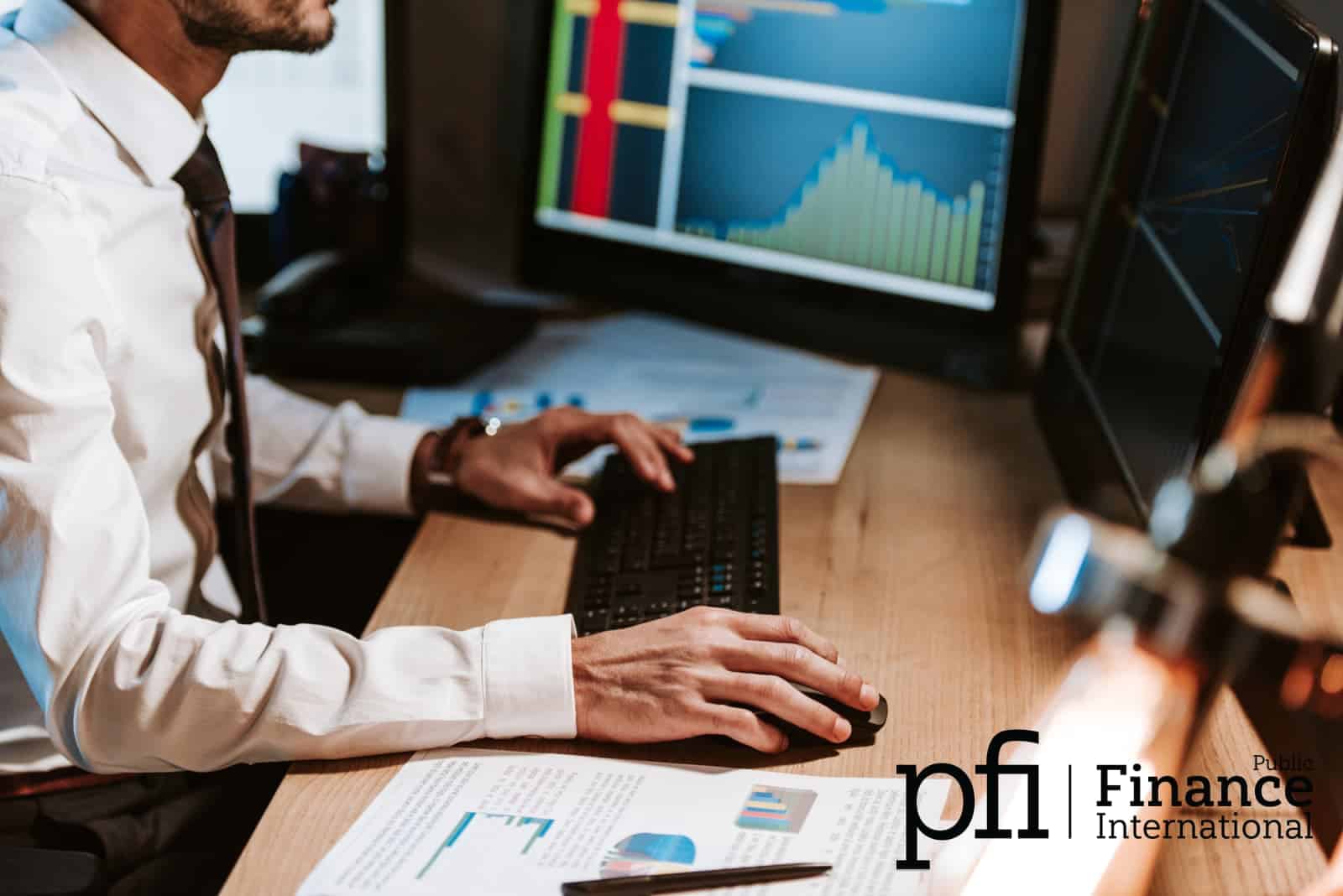Flash trading, also known as a flash order, is a controversial practice where traders with access to sophisticated technology can view orders before the market.
Flash trading refers to the ability of any selected client with advanced technology to see an order before the rest of the clients in the market. Flash traders have the benefit of the ability to detect changes in market sentiment and evaluate them ahead of other players.

Background of Flash Trading
Before flash trading was made possible on many major exchanges in 2009, it was a hotly contested practice in the world of trading. Flash trading was prohibited under rules that the Securities and Exchange Commission (SEC) proposed in 2009, but the rules weren’t adopted.
Moreover, many exchanges no longer support flash trading due to criticisms, particularly after many market-roiling occurrences.
Flash orders first became more known in 2010, while the Chicago Board Options Exchange (CBOE) has been utilizing this practice since 2000 to increase execution speed. Clients can now place a flash order in the equity market thanks to Direct Edge, which started in 2006.
When Michael Lewis' 2014 book Flash Boys: A Wall Street Revolt was published, it went into great depth about how Wall Street traders used high-frequency and flash trading. He delves deep into flash trading’s legality, practice, and currently illegal techniques, including layering, quote stuffing, and spoofing.
How Flash Trading Works
As the company looking to sell or buy stocks and shares first reveals a piece of information on certain exchanges before publicly releasing it to all potential investors on the larger markets, this method allows the market center to attempt to keep trades. When trades are completed internally and aren’t posted on competing stock exchanges, this can also increase earnings for the companies executing the trades because they frequently receive low fees or rebates for flash trades.
Flash orders for smaller quantities are used in high-frequency trading to find big orders, allowing you to purchase or sell all of the available stock before the other investors see big orders in the market. The favorable outcome of the technique depends on how quickly orders are routed.
Most market makers can practice flash trading on an exchange for some fees. Trade orders are made available to a market maker who pays a subscription before making them available to the general public. To benefit from flash quotes and increase spread gains, this trading technique included cutting-edge technologies. Large market makers, including names like Goldman Sachs, raised the spreads on trades by 1-2 cents each thanks to the subscription of flash trading.
Flash trading proponents argue that in the exchanges of secondary markets, flash trading aids in providing more liquidity. On the other hand, some argue that flash trading provides an edge to traders that they don’t deserve and may cause more flash crashes.
